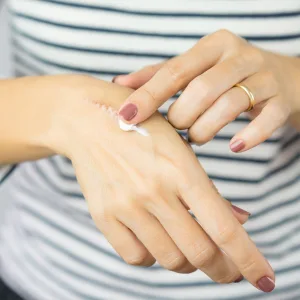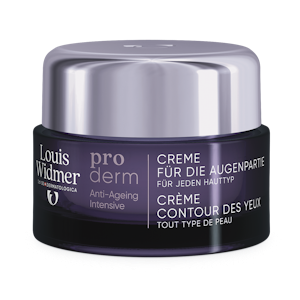A distinction is made between different main types of wounds, depending on the cause: mechanical (e.g. wounds caused by grazes, cuts, punctures, lacerations), thermal (burns, frostbite), chemical wounds (chemical burn) and wounds due to radiation. All of these vary with regard to their treatment and healing process.
Wound healing process
The body's wound healing processes are generally well capable of sealing any damage that has occurred in tissue:
- During the first phase of wound healing (days 1 to 4): the wound is inflamed, reddened and weeping.
- During the second phase (days 3 to 8), the new connective tissue is formed.
- During the third phase (from day 8 onwards), the wound closes. It is dry, but the tissue is still irritated.
However, specific factors can interfere with the normal wound healing process. In this case, the primary problem is an infection of the wound with pathogens (bacteria). Infection of the wound results in delayed wound healing.
Options for treatment
Infection of the wound can be prevented, and the healing process is promoted through the use of wound healing preparations. Wound healing is supported by the application of a wound ointment, especially in cases of mechanical wounds, e.g. small grazes and cuts, small burns and other minor skin damage. This ointment may, for example, contain silver. The ancient Greeks already appreciated and used silver for its antiseptic properties. We now know that silver ions destroy the bacterial cell wall and render the pathogen's genetic material inactive.
proderm Eye Contour Cream for wound healing
Swiss pharmacists discovered many years ago that the proderm Eye Contour Cream is not just ideal for the sensitive skin around the eyes but also scar care, thanks to its high-dosed active ingredients and optimal formula. Its special formula enables the active ingredients to penetrate the deeper skin layers. The skin tissue can thus optimally regenerate and the appearance of scars normalises and the damaged skin becomes smooth and supple again.

